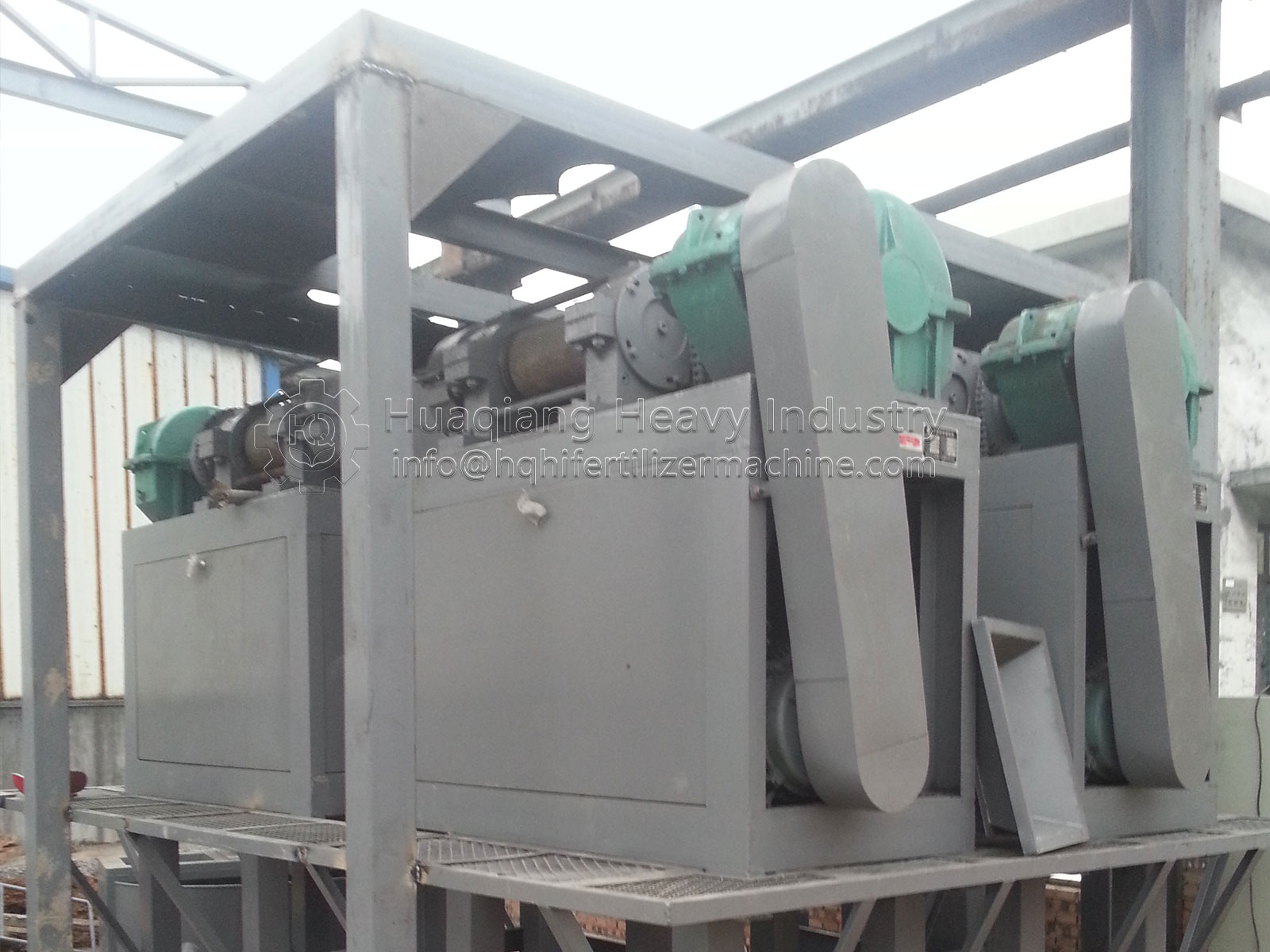How to Solve Dust Pollution in Organic Fertilizer and NPK Fertilizer Production
Because of the characteristics of materials, a lot of dust will be produced in fertilizer production, which will pollute the environment. In order to avoid this problem, dust removal devices should be set up in the design of organic fertilizer manufacturing process and NPK fertilizer production project to solve the problem of dust emission.
Dust Problem in Organic Fertilizer Production Line
In the organic fertilizer production line, when the moisture content of raw materials is low, they are often crushed and uneven solids. When the raw materials are transported to the equipment, if they are transported in the open air, there is no effective sealing measures, so the dust concentration in the air of the organic fertilizer manufacturing site will be too high. In addition, most small and medium-sized enterprises lack effective treatment means when discharging exhaust gas, which leads to the emission of exhaust gas not up to the standard and dust pollution.
Dust Problem in NPK Fertilizer Production Process
Take NPK fertilizer production project as an example, because the raw material of NPK fertilizer is brittle, it is easy to form small particle dust. When the dust is disturbed by airflow, it is easy to fly. Because of the low water content of NPK fertilizer, the dust is easy to absorb and adhere to the equipment. Therefore, when grading by using the screening device, the dust can easily block the sieve holes of the screen, thereby affecting the grading effect and even damaging the screen. As a result, the screen must be frequently replaced, on the one hand, the production cost is increased, on the one hand, to improve production costs, on the other hand to reduce production efficiency.

To solve the problem of dust pollution in the fertilizer manufacturing process, it is necessary to set up a dust collector room and dust collector equipment in the process of fertilizer production. Tianci Fertilizer Machine Manufacturer have designed a special cyclone dust collector to remove dust from the organic fertilizer manufacturing process. And in the construction of fertilizer plant, dust collector room is more suitable for large NPK fertilizer production line, we can help customers build dust collector room.









